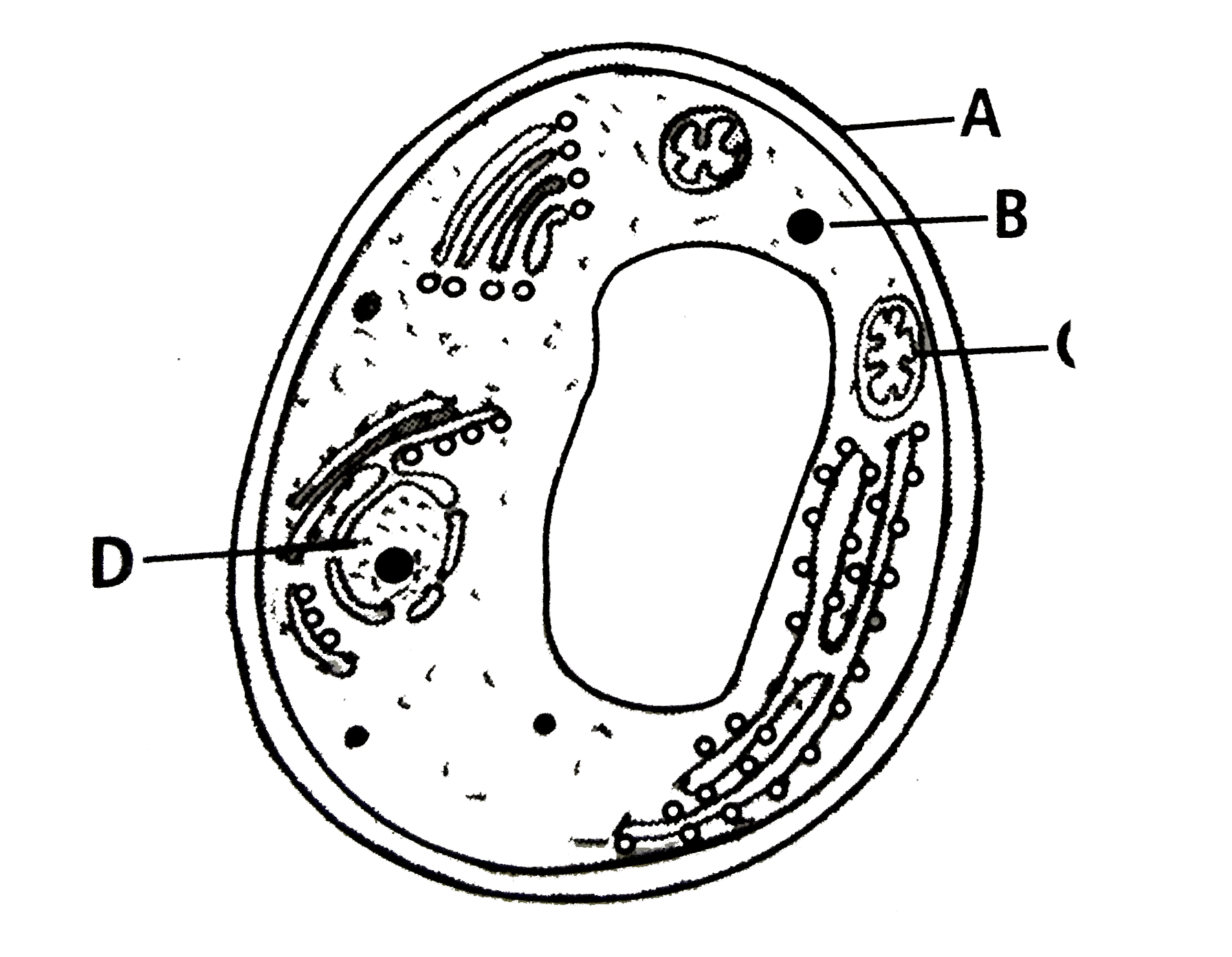One of the following is the correct sequence of carbohydrates in the order of increasing complexity of chemical structure-
(a) Sucrose , starch ,oligosaccharide, maltose , triose
(b) Triose , maltose , Sucrose, starch, oligosaccharide
(c) Triose , glucose ,maltose , oligsaccharide ,starch
(d) Oligosaccharide, triose , starch, sucrose , maltose
Sucrose , starch ,Oligosaccharide,maltose , triose
Triose , maltose , Sucrose, starch,Oligosaccharide,
Triose , glucose ,maltose , oligsaccharide ,starch
Oligosaccharide, triose , starch , sttarch , sucrose , maltose
The correct Answer is:C
To determine the correct sequence of carbohydrates in order of increasing complexity of chemical structure, we need to understand the classification of carbohydrates:
1. Monosaccharides: These are the simplest form of carbohydrates, consisting of single sugar units. Examples include triose (3 carbon atoms) and glucose (6 carbon atoms).
2. Disaccharides: These are formed by the combination of two monosaccharides. Examples include maltose (formed from two glucose units) and sucrose (formed from glucose and fructose).
3. Oligosaccharides: These consist of a few (typically 3-10) monosaccharide units linked together.
4. Polysaccharides: These are complex carbohydrates made up of many monosaccharide units. Examples include starch and cellulose.
Now, let's analyze the options given in the question:
(a) Sucrose, starch, oligosaccharide, maltose, triose: This sequence is mixed up and does not follow the increasing order of complexity.
(b) Triose, maltose, sucrose, starch, oligosaccharide: This sequence starts with a monosaccharide (triose), followed by disaccharides (maltose and sucrose), and ends with polysaccharides (starch and oligosaccharide). However, oligosaccharides should come before polysaccharides in complexity.
(c) Triose, glucose, maltose, oligosaccharide, starch: This sequence starts with a monosaccharide (triose), followed by another monosaccharide (glucose), then a disaccharide (maltose), followed by oligosaccharides, and finally a polysaccharide (starch). This is the correct sequence as it follows the increasing order of complexity.
(d) Oligosaccharide, triose, starch, sucrose, maltose: This sequence is also mixed up and does not follow the increasing order of complexity.
Based on the analysis, the correct answer is:
(c) Triose, glucose, maltose, oligosaccharide, starch
Topper's Solved these Questions
- BIOMOLECULESBook:CENGAGE BIOLOGY ENGLISHChapter:BIOMOLECULESExercise:ASSERTION-REASONING QUESTIONS
Explore 18 Videos
- BIOMOLECULESBook:CENGAGE BIOLOGY ENGLISHChapter:BIOMOLECULESExercise:ARCHIVES
Explore 26 Videos
- ANIMAL KINGDOMBook:CENGAGE BIOLOGY ENGLISHChapter:ANIMAL KINGDOMExercise:Archives
Explore 34 Videos
- BREATHING AND EXCHANGE OF GASES Book:CENGAGE BIOLOGY ENGLISHChapter:BREATHING AND EXCHANGE OF GASES Exercise:Archives
Explore 15 Videos
Similar Questions
Arrange the following carbohydrates in the order of increasing complexity of chemical structures : fructose, starch, oligosaccharide, maltose, triose.
View SolutionSelect the correct answer from the following statements :
1. Cutin is fatty acid polymer
2. Starch is glucose polymer
3. Sucrose is monosaccharide
4. maltose is polymer of fructose.
View Solution
Knowledge Check
Maltose is formed by the following monosaccharides
(a) glucose + glucose
(b) glucose + galactose
(c) glucose + fructose
(d) fructose + galactoseAglucose + glucoseBglucose + galactoseCglucose + fructoseDfructose + galactoseConsider the following statements regarding synthesis of starch and sucrose during daytime and select the correct ones.
(i) Triose phosphate is confined to chloroplast and is utilized for the synthesis of starch only.
(ii) Triose phosphate is translocated to cytosol from chloroplast.
(iii) Triose phosphate is utilized for the synthesis of both starch and sucrose.
(iv) Triose phosphate is translocated from cytosol to chloroplast.Ai and iiiBii and iiiCii and ivDiii and ivSucrose is commonly found in
(a) germinating seeds
(b) sugar cane
(c) milk
(d) starchAgerminating seedsBsugar caneCmilkDstarch
One molecule of glucose and one molecule of galactose form:
(a) Lactose
(b) Maltose
(c) Sucrose
(d) Inulin
View SolutionIn which of the following form is glucose stored in liver
(a) Starch
(b) Glycogen
(c) Cellulose
(d) Sucrose
View SolutionWhich of the following statements are correct?
1. Starch forms helical secondary structures while cellulose doesn't have complex helices.
2. Palmitic acid has 14- CH2 groups in its structure.
3. Maltose is a disaccharide made up of glucose and fructose.
4. The number of carbon and oxygen atoms present in glucose is less than those present in ribose.
View Solution(i) Which one of the following is a polysaccharide : starch, maltose, fructose, glucose
(ii) Write one difference between α-helix and β-pleated sheet structures of protein.
(iii) Write the name of the disease caused by the deficiency of vitamin B12.
View SolutionThe diagram shows the structure of a fungal cell with different parts labelled as A,B,C and D. Which of the following statements are true with regard to the fungal cell structive?

(i) A contains mucopolysaccharides which are also present in exoskeleton of insects and crustaceans.
(ii) D are usually more than one in number in case of aseptate hyphae.
(iii) Carotenes and xanthophylls are present in C, which harvest light energy for photosynthesis.
(iv) B is the reverse food material, usually stored in the form of starch and oil.
View Solution